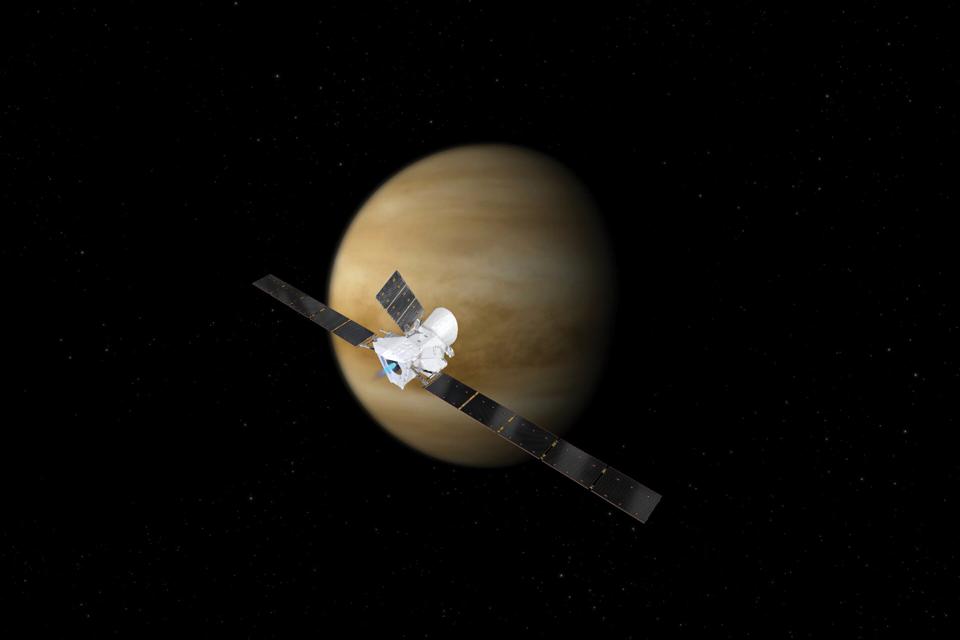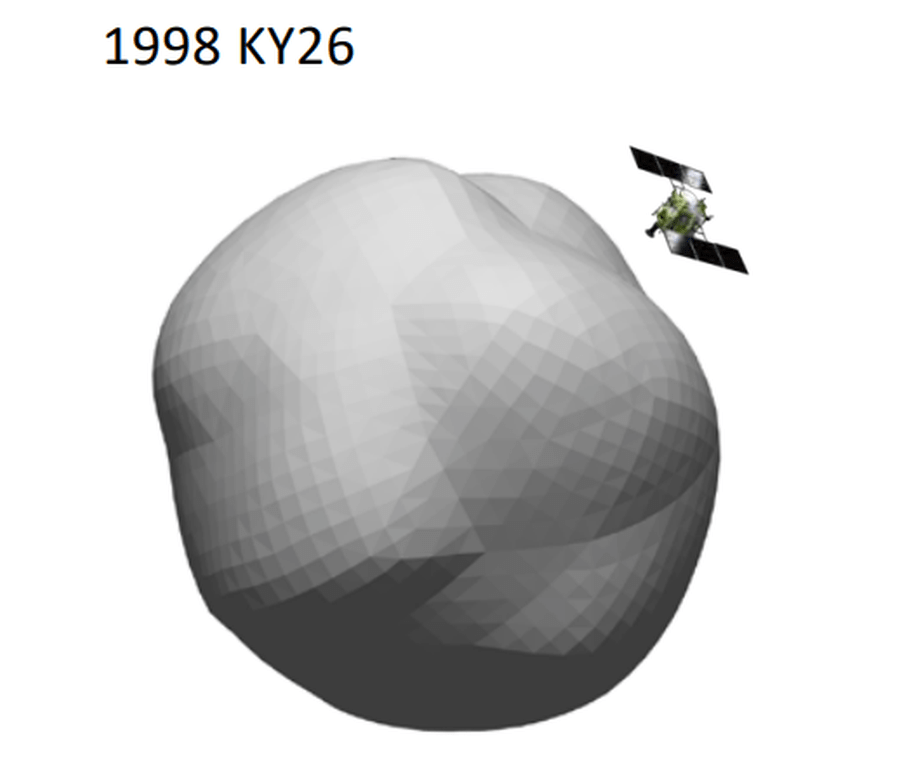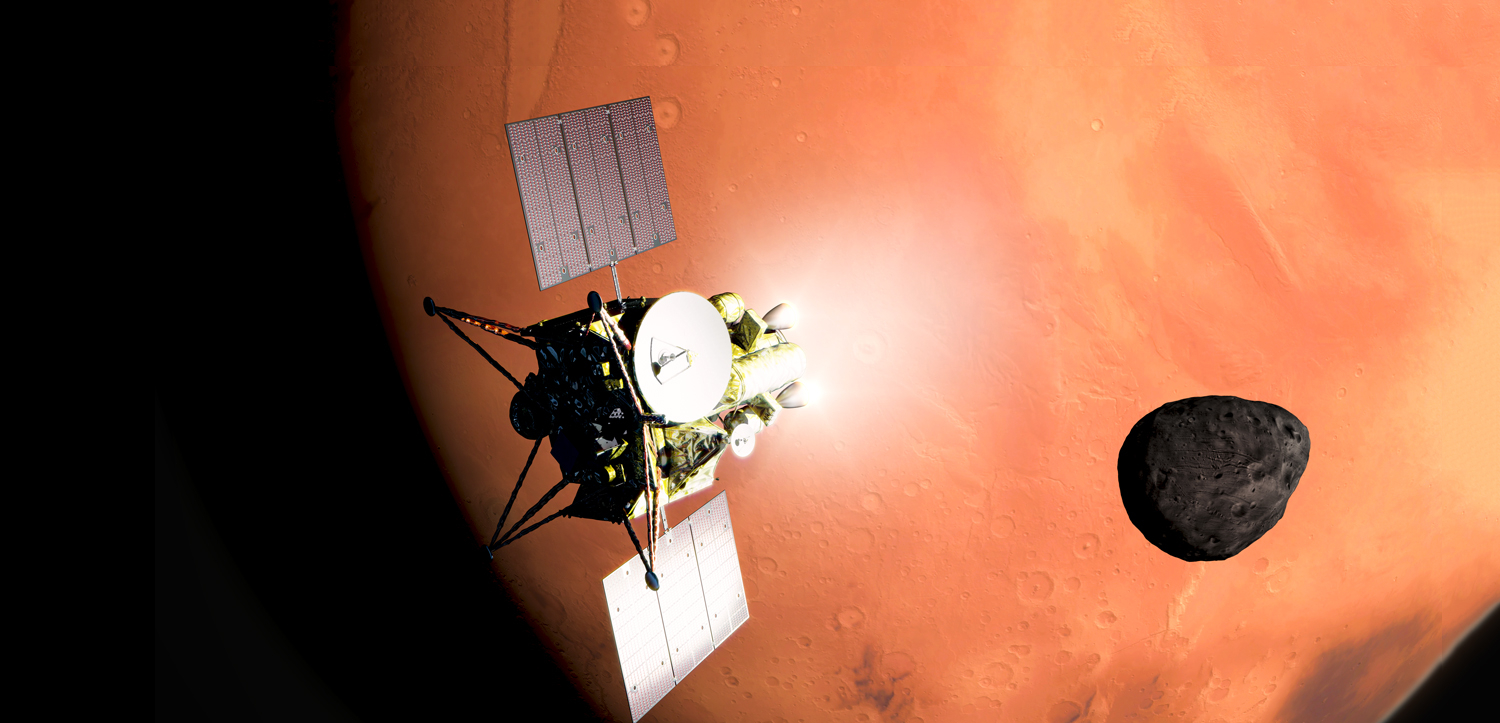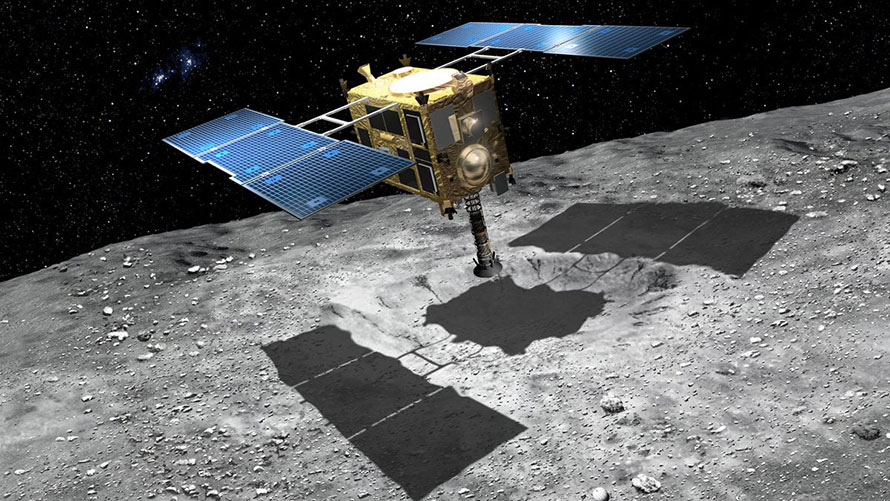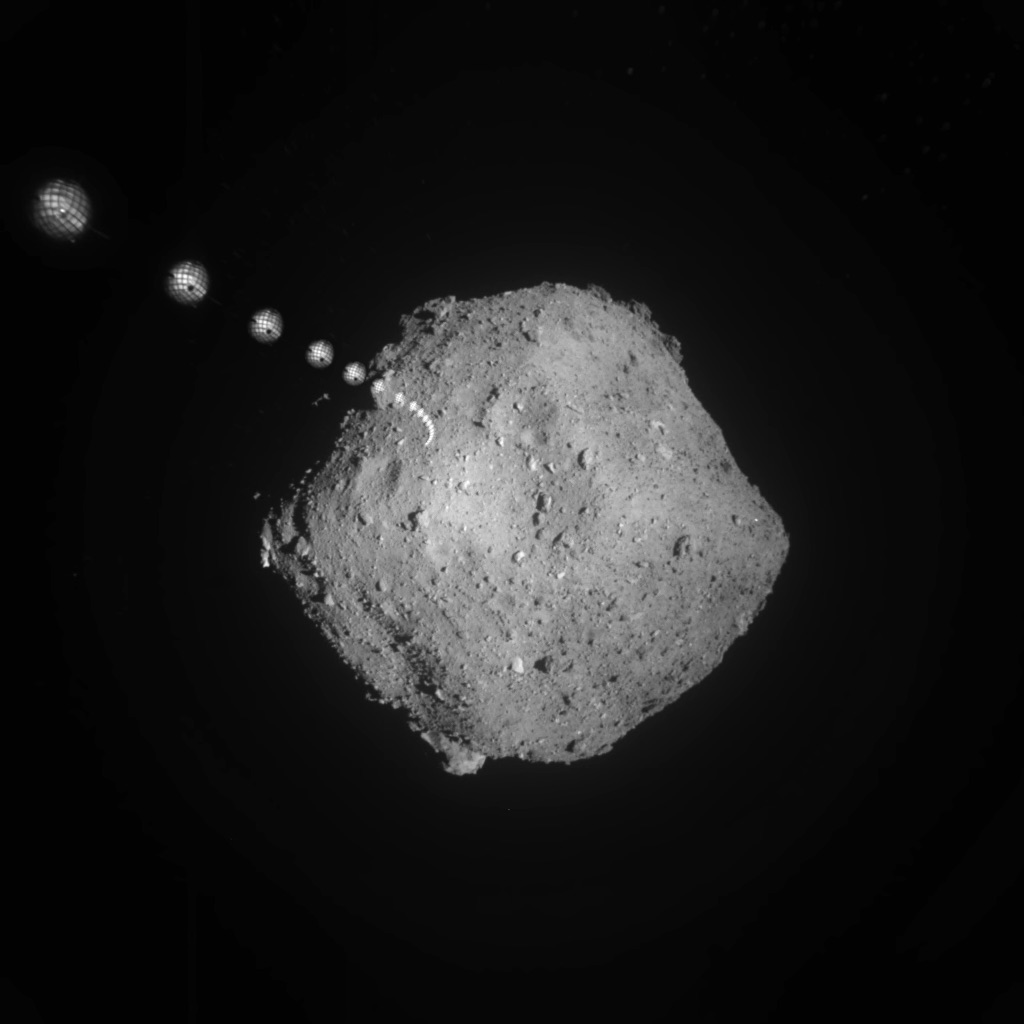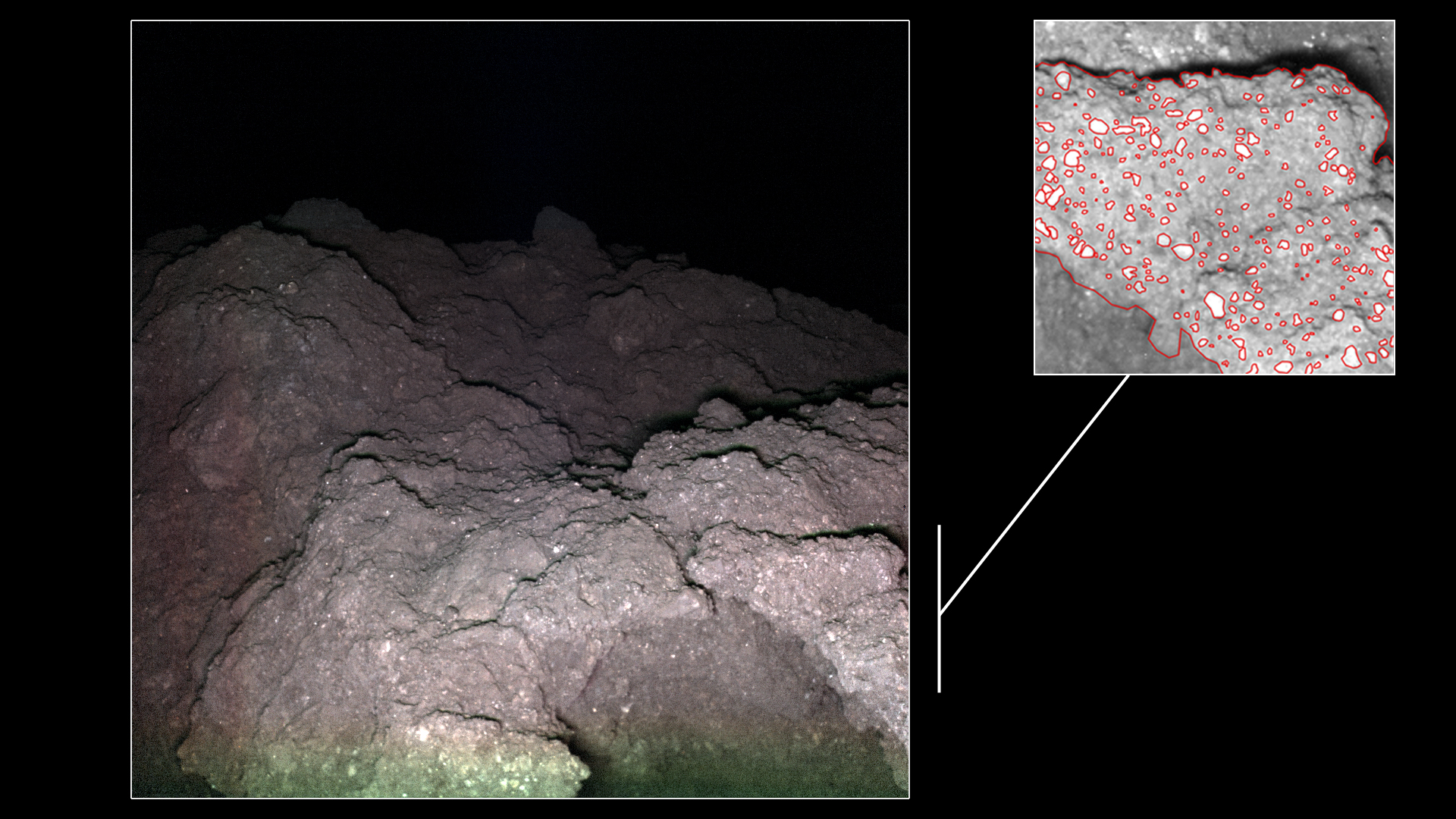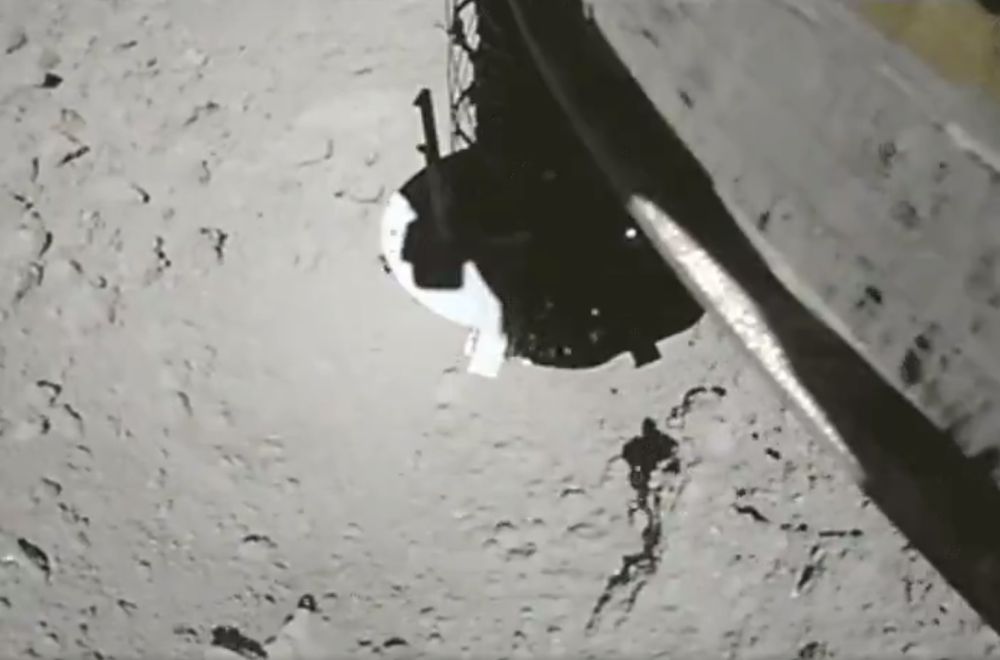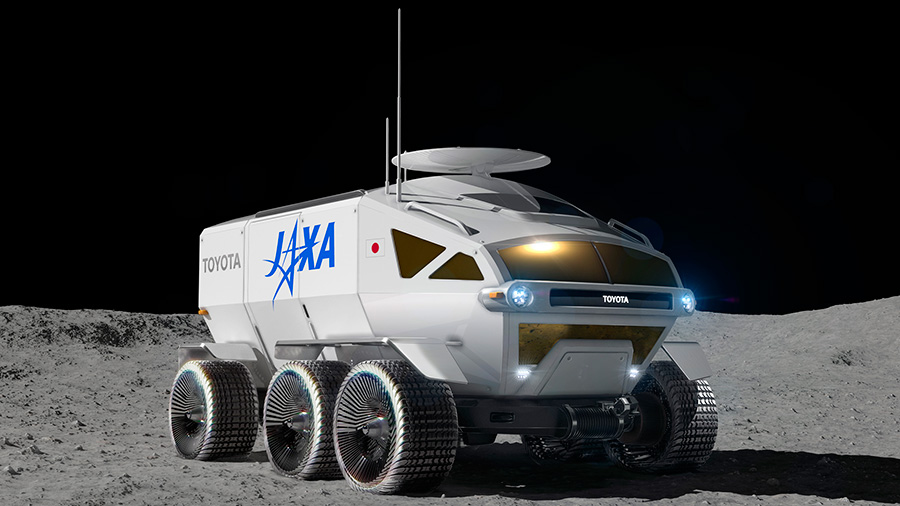A remarkable microbe named Deinococcus radiodurans (the name comes from the Greek deinos meaning terrible, kokkos meaning grain or berry, radius meaning radiation, and durare meaning surviving or withstanding) has survived a full year in the harsh environment of outer space aboard (but NOT inside) the International Space Station. This plucky prokaryote is affectionately known by fans as Conan the Bacterium, as seen in this classic 1990s NASA article.
The JAXA (Japanese Aerospace Exploration Agency) ISS module Kib? has an unusual feature for spacecraft, a front porch! This exterior portion of the space station is fitted with robotic equipment to complete various experiments in outer space’s brutal conditions. One of these experiments was to expose cells of D. radiodurans for a year and then test the cells to see if they not only would survive but could reproduce effectively afterward. D. radiodurans proved to be up to the challenge, and what a challenge it was!
Continue reading “Earth’s toughest bacteria can survive unprotected in space for at least a year”

